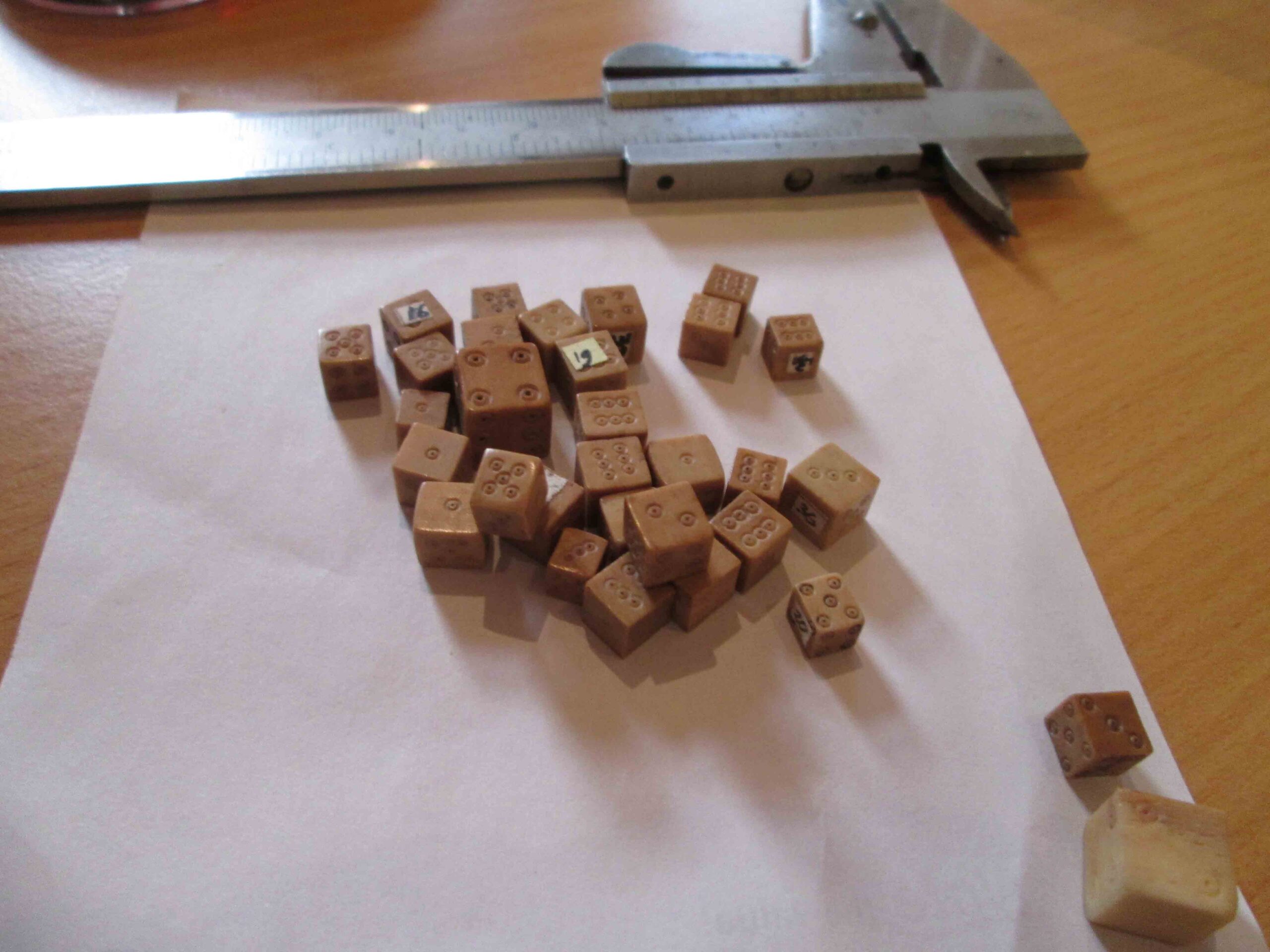NIJMEGEN, THE NETHERLANDS—Hyperallergic reports that an intact blue glass bowl, with a trim rim and a vertical stripe pattern with ridges on the outside, has been unearthed at a construction site in the east-central Netherlands, near the Waal River and the German border. The bowl is estimated to date to about 2,000 years ago, when there was a Roman military camp surrounded by civilian settlements in the region. The bowl may have been imported from Cologne or Xanten, according to archaeologist Pepjin van de Geer, or it may have traveled to the site from as far away as Italy. “Such dishes were made by allowing molten glass to cool and harden over a mold,” van de Geer explained. “The stripe pattern was drawn in when the glass mixture was still liquid. Metal oxide causes a blue color.” Tombs, jewelry, and additional pieces of dishware have also been recovered at the site, he added. For more on the Roman presence in what is now the Netherlands, go to "Caesar's Diplomatic Breakdown."
Intact Roman Glass Bowl Uncovered in the Netherlands
News January 26, 2022
Recommended Articles
Digs & Discoveries September/October 2022
Romans Go Dutch

Digs & Discoveries May/June 2018
No Dice Left Unturned

Features January/February 2026
The Cost of Doing Business
Piecing together the Roman empire’s longest known inscription—a peculiarly precise inventory of prices

Digs & Discoveries September/October 2025
A Day at the Hunt

-
Features November/December 2021
Italian Master Builders
A 3,500-year-old ritual pool reflects a little-known culture’s agrarian prowess
 (Ministero della Cultura)
(Ministero della Cultura) -
Features November/December 2021
Ghost Tracks of White Sands
Scientists are uncovering fossilized footprints in the New Mexico desert that show how humans and Ice Age animals shared the landscape
 (Jerry Redfern)
(Jerry Redfern) -
Features November/December 2021
Piecing Together Maya Creation Stories
Thousands of mural fragments from the city of San Bartolo illustrate how the Maya envisioned their place in the universe
 (Digital image by Heather Hurst)
(Digital image by Heather Hurst) -
Features November/December 2021
Gaul's University Town
New excavations have revealed the wealth and prestige of an ancient center of learning
 (Digital image by Heather Hurst)
(Digital image by Heather Hurst)


